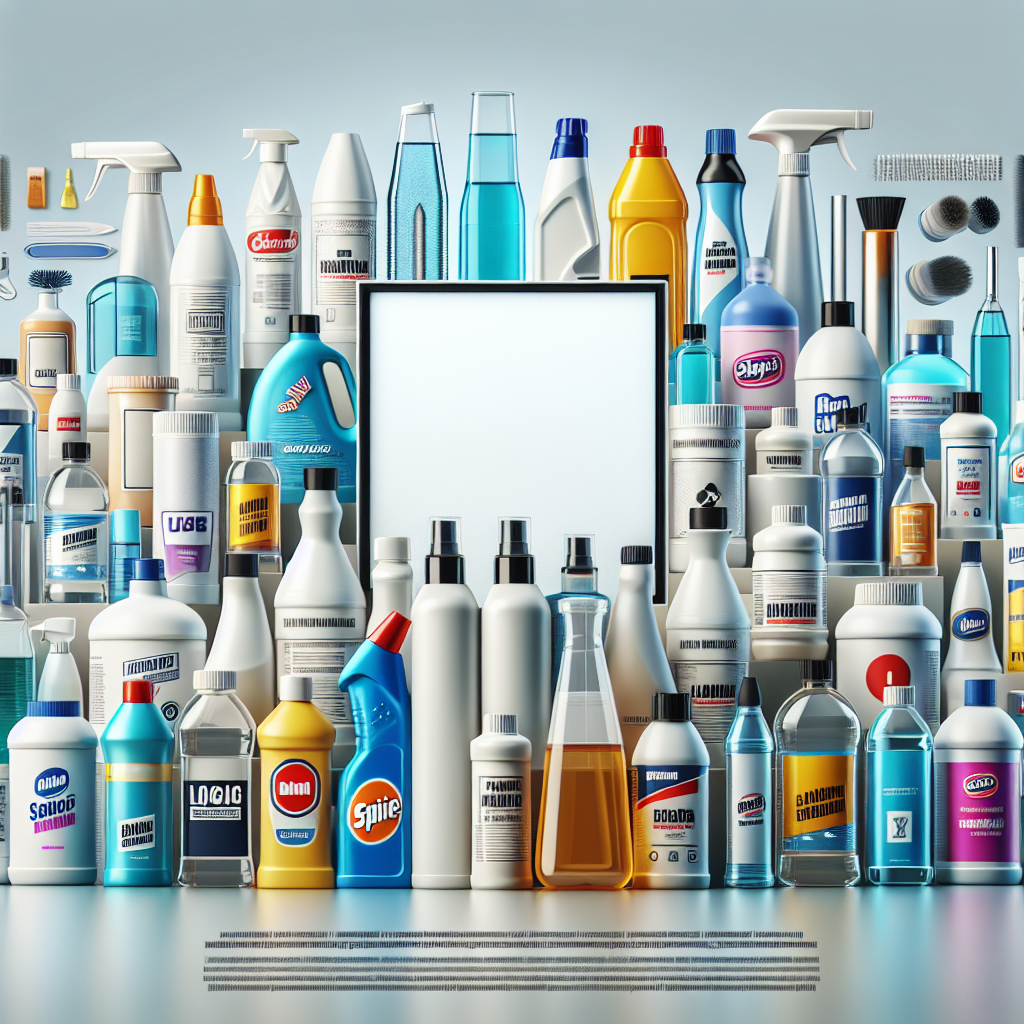Understanding Office Buildings' Air Quality Issues
Office buildings can harbor a multitude of air pollutants that negatively impact indoor air quality. Common culprits include dust, allergens, volatile organic compounds (VOCs), mold, and bacteria. These pollutants can originate from various sources such as inadequate ventilation, poor cleaning practices, off-gassing from furniture and equipment, and high occupancy levels.
Strategies for Improving Air Quality in Office Buildings
- Enhance ventilation systems to ensure proper air circulation and filtration.
- Implement a comprehensive cleaning schedule that targets high-traffic areas and hidden spots where pollutants accumulate.
- Use high-quality cleaning products that are effective yet environmentally friendly to reduce chemical emissions.
- Encourage regular maintenance of HVAC systems to prevent mold growth and ensure optimal air quality.
Addressing Specific Air Quality Challenges
Different air quality challenges require tailored solutions to effectively mitigate risks and improve indoor air quality. Here are some specific strategies for addressing common air quality issues in office buildings:
- Combat dust accumulation by implementing regular dusting and vacuuming routines.
- Control humidity levels to prevent mold growth by utilizing dehumidifiers or proper ventilation systems.
- Address odors with natural air fresheners or odor-neutralizing products to maintain a pleasant indoor environment.
Monitoring and Maintaining Air Quality Standards
Monitoring air quality standards in office buildings is an ongoing process that requires regular assessments and adjustments. Stay proactive in maintaining optimal indoor air quality by:
- Conducting routine air quality testing to identify potential issues before they escalate.
- Training cleaning staff on proper cleaning techniques and the use of eco-friendly cleaning products.
- Collaborating with HVAC professionals to ensure systems are well-maintained and operating efficiently.
Importance of Air Quality in Office Buildings
Recognizing the significance of maintaining good indoor air quality in office buildings is crucial for promoting a healthy and thriving work environment. Poor air quality not only affects the health and well-being of employees but also impacts productivity and overall satisfaction levels. By prioritizing air quality management, cleaning professionals can contribute to creating a workspace that fosters well-being and success.



